Intro
Discover 5 essential tips for post-natal pre-eclampsia recovery, managing hypertension, and preventing complications, ensuring a healthy transition for new mothers with preeclampsia symptoms, pregnancy-induced hypertension, and postpartum care.
Post-natal pre-eclampsia, also known as postpartum pre-eclampsia or postpartum preeclampsia, is a condition that can occur in women after childbirth, typically within 48 hours of delivery, but sometimes up to several weeks later. It is characterized by high blood pressure and often accompanied by significant amounts of protein in the urine, similar to pre-eclampsia that occurs during pregnancy. The condition can be severe and even life-threatening if not promptly recognized and treated. Understanding how to manage and prevent complications of post-natal pre-eclampsia is crucial for new mothers.
The importance of recognizing post-natal pre-eclampsia cannot be overstated. It is a condition that can sneak up on new mothers, who may already be dealing with the challenges of caring for a newborn. Symptoms can include severe headaches, vision changes, abdominal pain, and in severe cases, seizures or stroke. Given the potential severity of the condition, it's essential for women to be aware of their risk factors and to monitor their health closely after giving birth. Healthcare providers play a critical role in educating new mothers about the signs and symptoms of post-natal pre-eclampsia and ensuring they receive appropriate care if the condition develops.
For women who have experienced pre-eclampsia during their pregnancy, the risk of developing post-natal pre-eclampsia is higher. However, the condition can also occur in women who did not have pre-eclampsia during pregnancy. Factors such as a history of high blood pressure, kidney disease, or a previous history of pre-eclampsia can increase the risk. Understanding these risk factors and being proactive about health after childbirth can make a significant difference in managing and preventing post-natal pre-eclampsia. In the following sections, we will delve into tips and strategies for managing post-natal pre-eclampsia, including prevention, recognition of symptoms, and treatment options.
Understanding Post-Natal Pre-Eclampsia
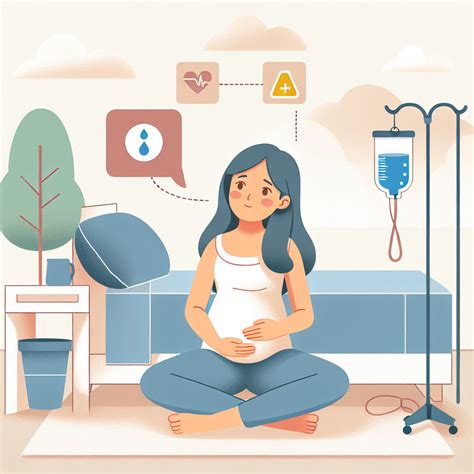
Risk Factors
Several risk factors have been identified for post-natal pre-eclampsia. These include a history of pre-eclampsia in a previous pregnancy, chronic high blood pressure before pregnancy, kidney disease, and certain medical conditions like lupus or rheumatoid arthritis. Women who are older than 35 years at the time of pregnancy or those carrying multiple fetuses are also at a higher risk. Understanding these risk factors can help women and their healthcare providers be vigilant for signs of the condition after childbirth.Recognizing Symptoms
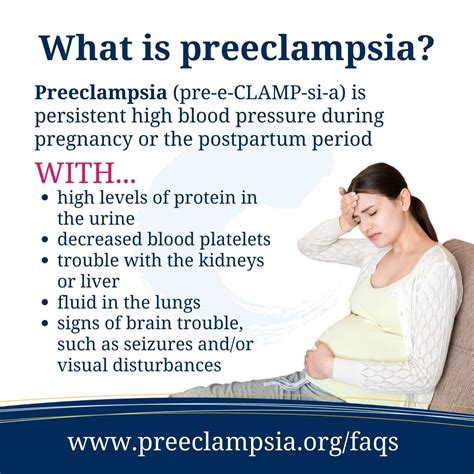
Importance of Monitoring
After giving birth, it's essential for women, especially those at higher risk, to monitor their blood pressure regularly. Healthcare providers may also monitor urine protein levels. Early detection of high blood pressure or protein in the urine can lead to early intervention and prevention of severe complications.Management and Treatment
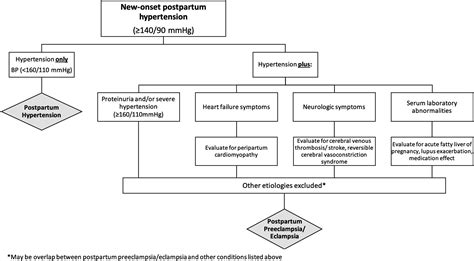
Role of Lifestyle Changes
In addition to medical treatment, lifestyle changes can play a significant role in managing post-natal pre-eclampsia. These include: - Resting as much as possible - Staying hydrated - Eating a healthy diet - Avoiding strenuous activities - Monitoring blood pressure at home and reporting any changes to healthcare providersPrevention Strategies
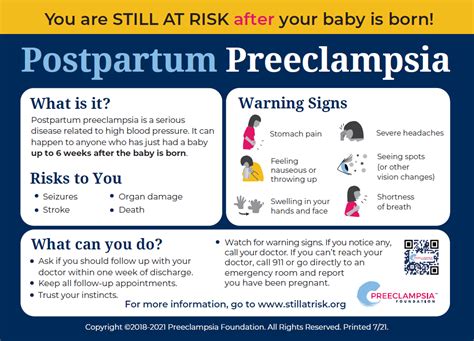
Support Systems
Having a strong support system can make a significant difference for new mothers, especially those dealing with post-natal pre-eclampsia. Support from family, friends, and healthcare providers can help manage stress, ensure adherence to treatment plans, and provide emotional support during a challenging time.Long-Term Implications
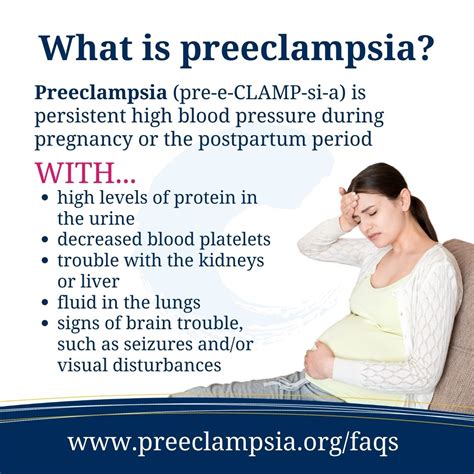
Future Pregnancies
For women who have had post-natal pre-eclampsia, the risk of developing pre-eclampsia or post-natal pre-eclampsia in future pregnancies may be higher. Close monitoring during future pregnancies and discussing any concerns with a healthcare provider can help manage risks.Conclusion and Next Steps
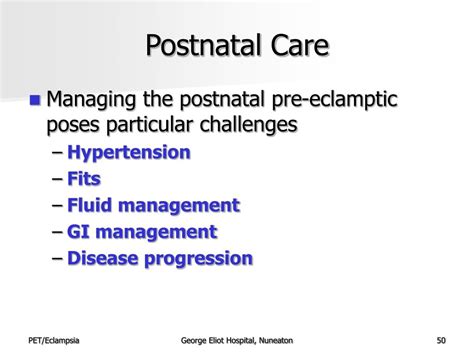
We invite you to share your experiences or ask questions about post-natal pre-eclampsia in the comments below. Your insights can help others understand and manage this condition better. If you found this information helpful, please consider sharing it with others who might benefit from knowing more about post-natal pre-eclampsia.
What are the symptoms of post-natal pre-eclampsia?
+Symptoms of post-natal pre-eclampsia can include severe headaches, vision changes, abdominal pain, severe nausea and vomiting, shortness of breath, and sudden weight gain.
How is post-natal pre-eclampsia treated?
+Treatment for post-natal pre-eclampsia focuses on controlling blood pressure and preventing complications, and may include medications to lower blood pressure, corticosteroids, hospitalization for close monitoring, and in severe cases, magnesium sulfate to prevent seizures.
Can post-natal pre-eclampsia be prevented?
+While not all cases can be prevented, managing chronic health conditions, maintaining a healthy weight, engaging in regular physical activity, eating a balanced diet, and avoiding smoking and alcohol can reduce the risk of post-natal pre-eclampsia.
What are the long-term implications of post-natal pre-eclampsia?
+Women who experience post-natal pre-eclampsia may have a higher risk of developing high blood pressure and other cardiovascular diseases later in life, making regular follow-up with healthcare providers essential.
How does post-natal pre-eclampsia affect future pregnancies?
+Women who have had post-natal pre-eclampsia may have a higher risk of developing pre-eclampsia or post-natal pre-eclampsia in future pregnancies, necessitating close monitoring and discussion with a healthcare provider.
